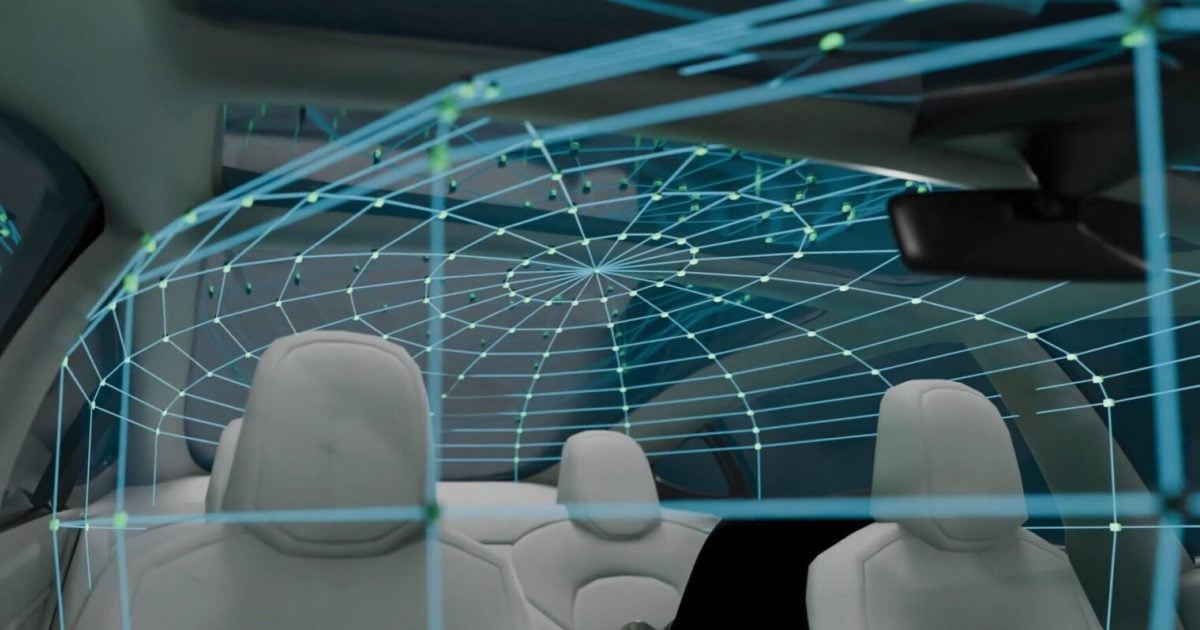As someone who thinks about innovation for a living, I enjoyed watching the reports out of Davos, where the World Economic Forum wrapped up its famed annual meeting last month. Davos attendees predicted a coming “Fourth Industrial Revolution” as technology takes another big leap forward, and participants expressed a mix of optimism and warning about what it will bring. However tomorrow’s inventions will transform our lives, there seems to be agreement that change will happen at increasingly swifter rates.
One arena where I see this acceleration is in the growth of the Internet of Things (IoT). Though today most of us still manage our own technology and program our own devices, the capacity of the IoT to play an increasingly larger role in our lives seems limitless. As our devices grow smarter and more independent, will they be able to intuit our needs and guide our behavior based on data they gather via the cloud, like the fortune-teller’s crystal ball?
We’ve already seen moves in this direction in the areas of home management and wellness with innovative companies like
August Smart Lock, Fitbit, and others that rely on embedded, wearable—and in the case of
Proteus, ingested—computing. These and other devices are moving beyond responding to our inputs and towards sensing how they can help, whether it’s unlocking our front doors as we pull into the driveway or alerting our doctor that, while we had that prescription filled, we’re forgetting to swallow the pills.
Smart technologies with predictive capabilities have also infiltrated more traditional industries, including construction, transportation, and government, often in the service of improved public safety. In
Minneapolis, for example, sensors on the new 35W bridge built after the tragic 2007 collapse monitor vibration, weight, and other metrics to alert engineers of potential problems and prevent future collapses. Similarly, levee managers in the Netherlands—where one-fourth of the land lies below sea level— recently started using
“learning” levee monitoring systems to prevent levee failures. In Amsterdam, sensors placed along the city’s central dike measure temperature, pressure, humidity, and water depth, data which is then analyzed and and broadcast over mobile devices to on-call engineers. As our ability to bring online similar large-scale physical networks grows, so will the corresponding tide of generated data.
Going forward, it’s clear that we'll need ever-more innovative approaches to interpreting such volumes of data meaningfully and across every application. I believe this is the next frontier in the IoT cloud data landscape—the shift from connecting devices to gleaning the insights that such connection affords
. In order to truly profit from the actionable intelligence that cloud data capabilities offer, business leaders will need to do two things, in my mind.
First, they’ll need to confidently experiment with analytics—even when it means additional IT spending and battling internal resistance, including their own. There’s lots of proof that both predictive data drives more efficient and consistent decision-making by humans, and that, because of our
biases, humans are not very good analytical thinkers when uncertainty looms. Second, they’ll need to hone in on the goals that are most essential to their business. Whether it’s higher revenues, more repeat business, better employee retention or another objective, knowing the goal is key to crafting the analytics strategy to achieve it. Companies from
Cox Communications to
eHarmony have found success going after greater customer loyalty and more efficient matching algorithms, respectively, by using predictive analytics.
It’s fascinating to watch some of the largest and most influential players in this space tackle some of the world’s most stubborn problems. For example, IBM—which reports that as much as 90 percent of IoT data is never analyzed or acted upon—has developed
IoT analytics capabilities that are being used in crop-challenged Kenya to help farmers there precision-irrigate. Smart sensors in both the soil and reserve water tanks generate real-time moisture and water-level data, which in turn informs to-the-minute irrigation recommendations. The hope is that such capabilities will lead to bigger crop yields across Kenya’s network of millions of small-scale farmers. Beyond agriculture and infrastructure, the implications for businesses of all kinds are huge as intelligent networks quicken reaction times, lending dexterity to even the largest global enterprises.
The way that meaningful interpretation of IoT data stands to improve every aspect of our lives—from how we do our work and manage our homes to safer travel and better health—is exciting to consider. It’s also up to us. Like
Justin Trudeau, my hope is that we will continue to want, create, and support technology because, above all else, it serves the cause of human progress.
Edited by
Ken Briodagh





